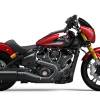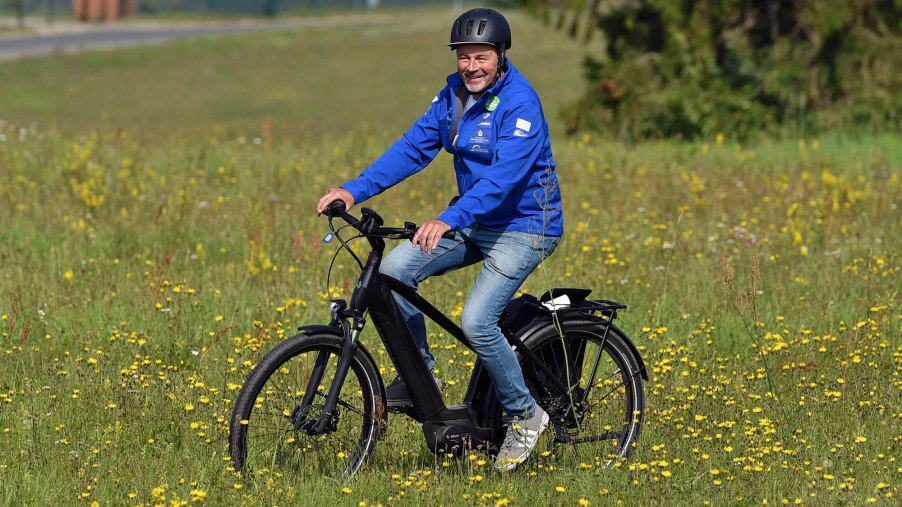
What are the Different Classes of Electric Bikes?
Electric bikes provide a nearly super-human form of pedaling, thanks to the assistance of their electric motors. This assistance helps riders get up hills and traverse tough roads with the greatest of ease. However, did you know that there are different classes of electric bikes? Here is a breakdown.
Electric Bikes are rated by a three-class system
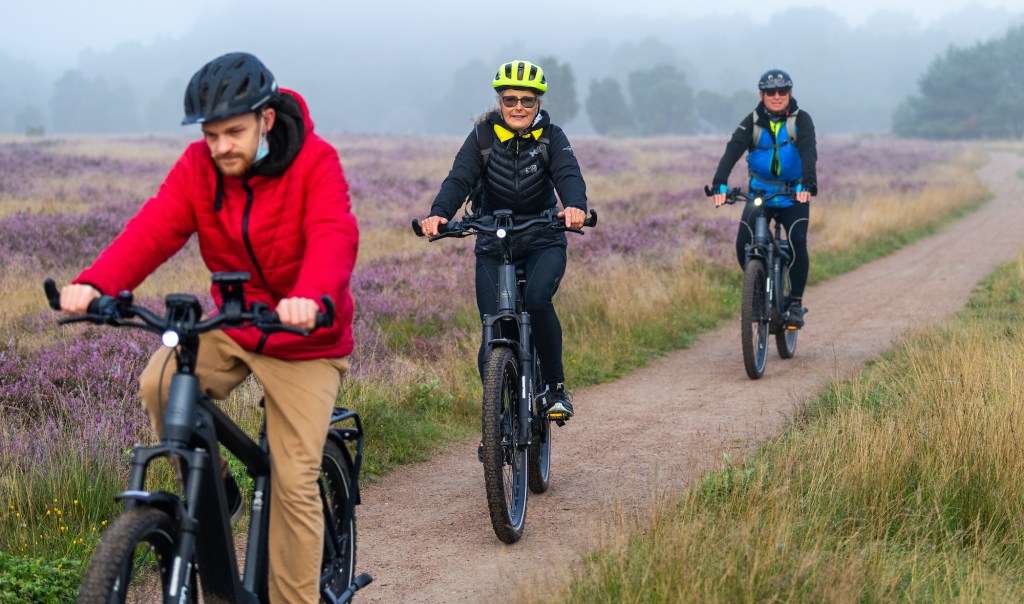
Electric bikes have been in the market for a while and for a period of time, lawmakers didn’t know how to classify them. Wired reports that electric bikes sat in a “gray area” for a time as no one knew whether to classify them as bicycles or motorized vehicles. Eventually, the e-bike industry and most of the U.S. states agreed on a three-class system.
And while there is a broad distinction between these classes, which can vary from state to state, the categories remain the same across the board. Here is a breakdown of each class:
- Class 1: E-bikes in the Class 1 category are limited to a top speed of 20 mph. On these bikes, the electric motor is used to assist the rider when pedaling, also known as a “pedalec.” Some Class 1 e-bikes can benefit from an extra power boost via a throttle on the handlebars, but they only work while the rider is pedaling. Generally, Class 1 e-bikes are allowed to be used on bike paths and lanes like non-motorized ones.
- Class 2: Class 2 electric bikes are also limited to a top speed of 20 mph. Unlike Class 1 bikes, these bikes have throttles that power the bike when the rider is not pedaling, but they still offer assistance if the rider starts pedaling. Class 2 bikes are often allowed in the same bike lanes and paths as the Class 1 variety.
- Class 3: Class 3 e-bikes can go up to 28 mph and must have a speedometer. However, Class 3 bikes may or may not be allowed to have a throttle, it depends on the state. For example, California allows Class 3 bikes to have a throttle function that can speed the bike up to 20 mph, whereas other states don’t allow the bike to have a throttle. Most states allow Class 3 bikes to be ridden in the bike lanes and public road lanes, but not pathways or trails that are shared with pedestrians.
Examples of electric bikes
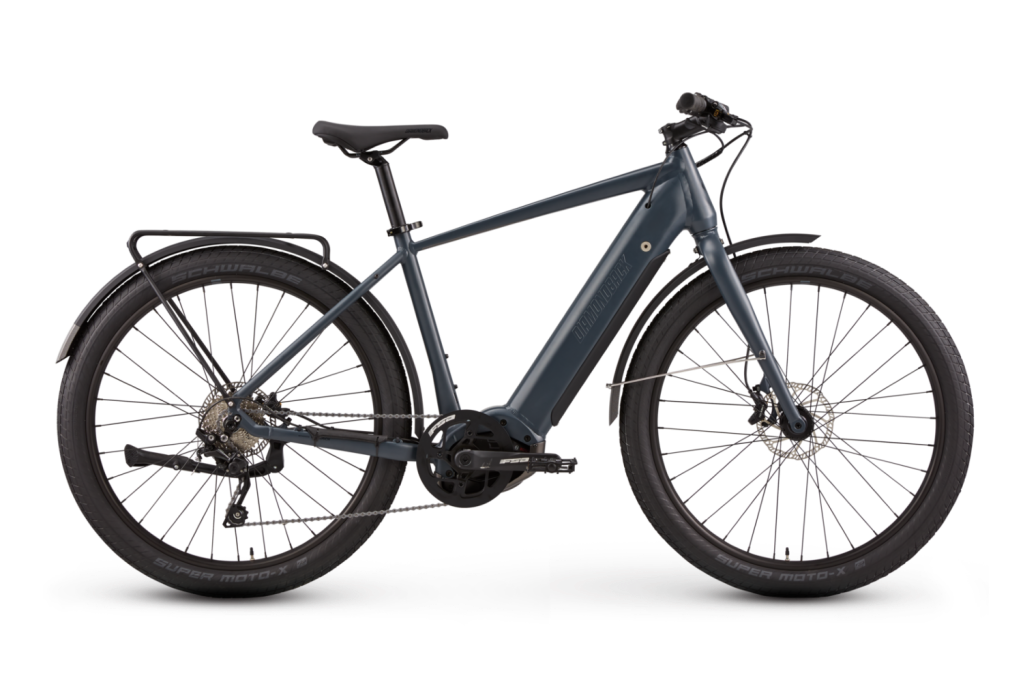
Here are a few examples of Class 1, 2, and 3 e-bikes that are currently in the market:
- Class 1: Propella, Cannondale Quick Neo SL
- Class 2: Wing Freedom 2, Aventon Pace 350, Super73 S1
- Class 3: Diamondback Union 1, Aventon Pace 500, Specialized Turbo Vado SL
Are there some electric bikes that can go faster than 28 mph?
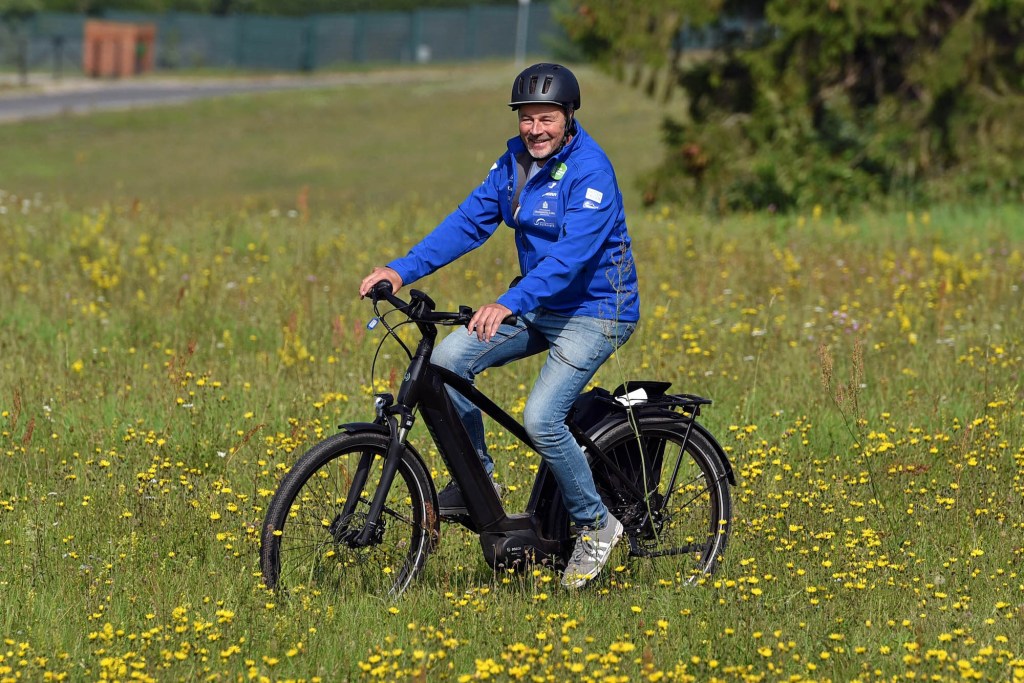
If you do some digging into some of the pricier e-bikes in the market, then you might find that some of them can go faster than 28 mph. In fact, there are even bikes that can go up to 60 mph. But at that point, it may be better to get a motorcycle or and moped as a fast e-bike can prove to be dangerous, especially when ridden around pedestrians. There’s technically no class for these e-bikes and Wired notes that e-bike regulations, in general, are based on an honor system in that the rider is technically accountable for their actions.
Either way, there is currently an electric bike class system in place and many manufacturers are adhering to these classes. But it’s up to you which e-bike works best for your daily life and commuting needs.


